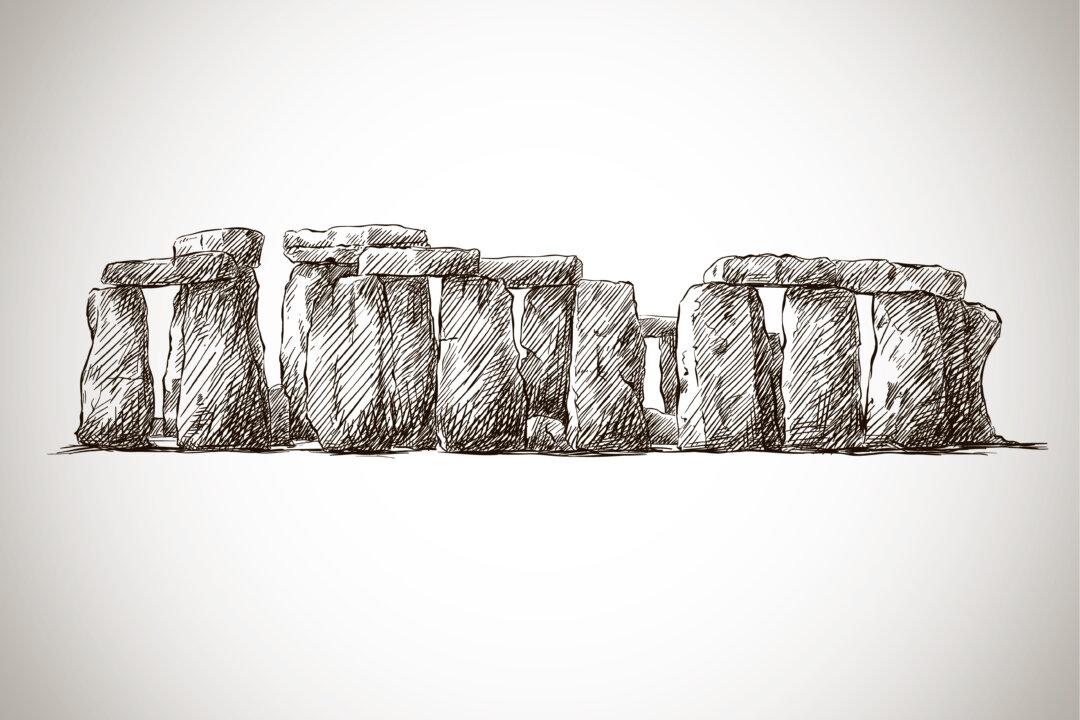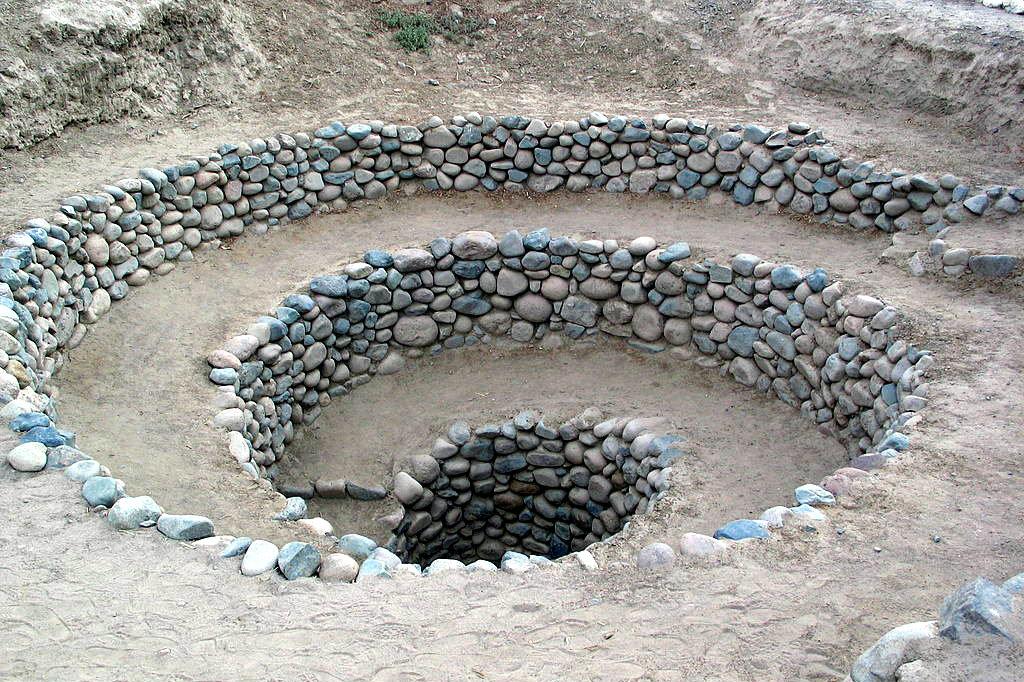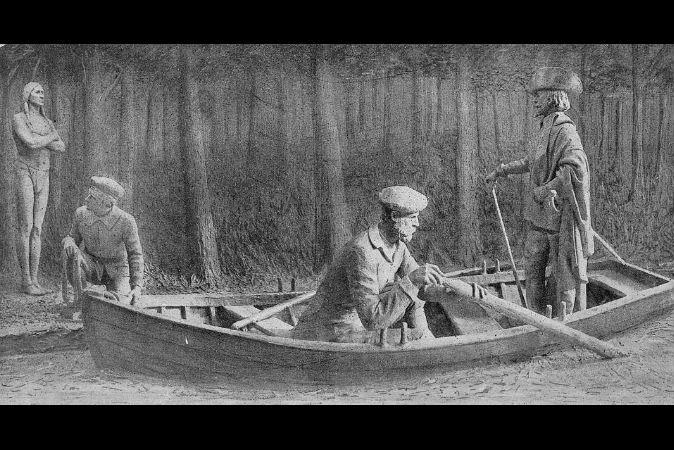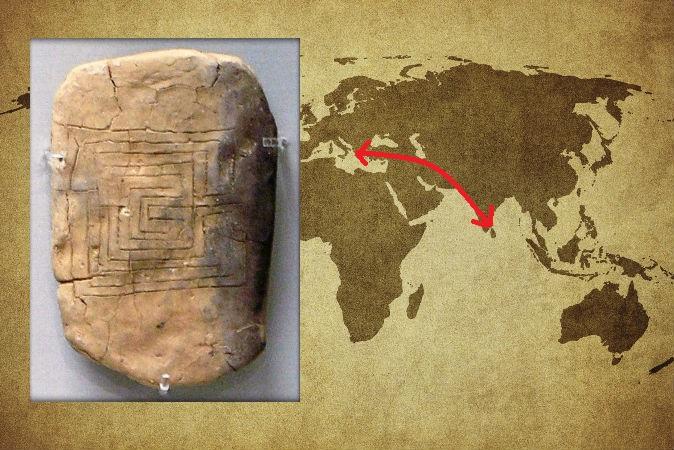English landscape architect Sarah Ewbank says the prehistoric Stonehenge megaliths may once have served as supports for a wooden, two-storey roundhouse—a venue for feasting, speakers, and musicians.
Ewbank designed a small model of what she has in mind and is looking for money to build a 1:10 scale model of the structure. She says the fact she is not an archaeologist has freed her from preconceived notions and allowed her to approach the matter in a fresh way.





